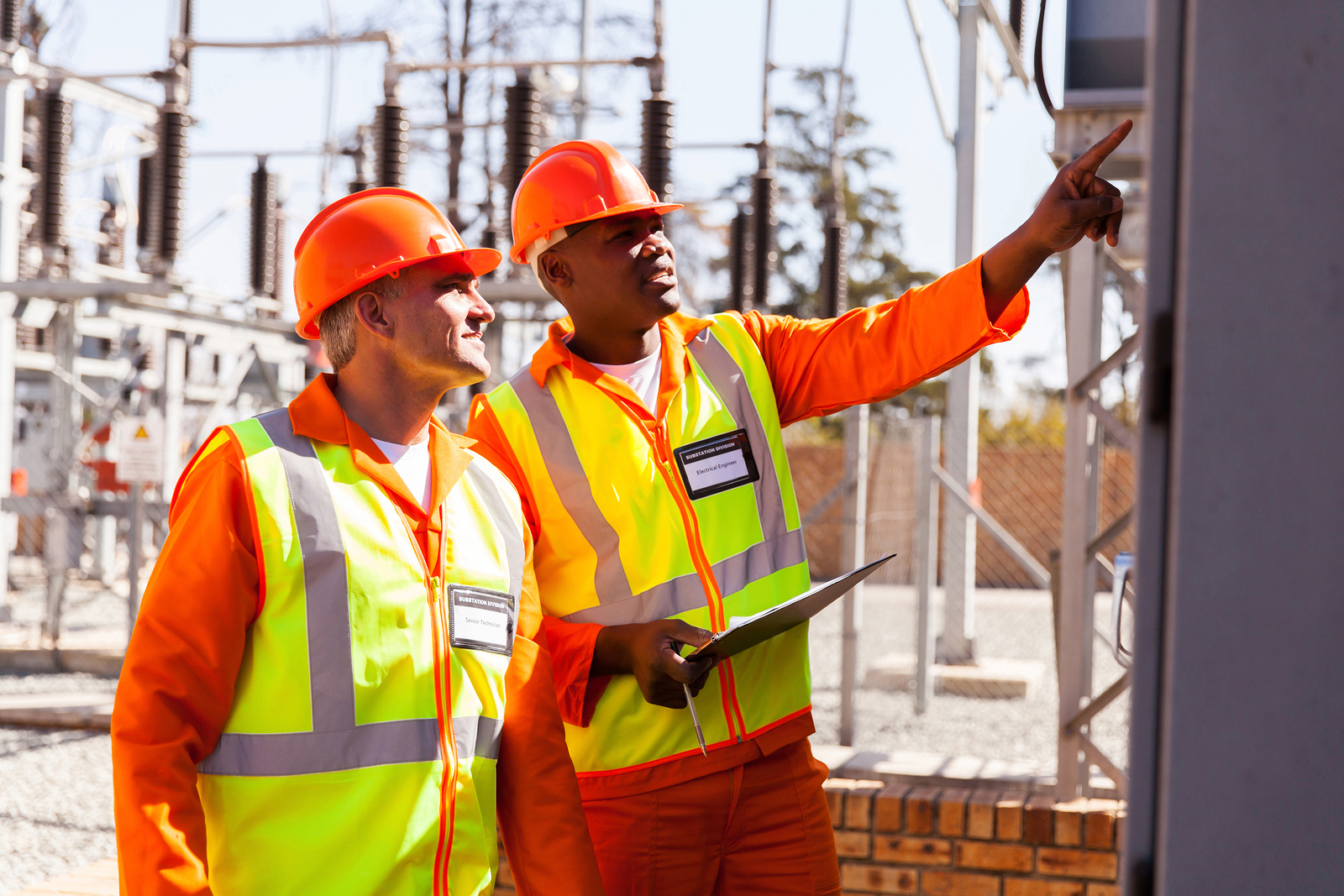In today’s ever-changing economy, more businesses are 24/7 organisations that cannot afford the potential losses that come with an unexpected loss of power. To combat this liability that results in great financial impact, the installation of standby, a backup generator can provide the necessary support to maintain the necessary business continuity.
The decision to install a backup generator can be an expensive one and requires the evaluation of many different factors. Consider these four steps when specifying a generator to ensure business needs are met and construction budgets accurately reflect those requirements.

Step 1: Assemble the design team
A generator system can be very costly and must be designed to appropriately service the organisation’s needs, but also must be selected based on the environment that will host it. The first important decision that can be made before proceeding with generator evaluation is to bring in trusted consultants with experience installing and planning for generators. It’s important for the MEP engineer, structural engineer, architect, general contractor, and landlord/leasing representatives to be involved in this project from day one to help guide the entire design planning process, offering best practice recommendations and helping to gather reliable pricing based on the desired project scope.
Step 2: Evaluate the building and outline design requirements
Once the design team is in place, they can evaluate the proposed building and how its features will affect the design, including cost implications for generator backup power. Single story/mid-rise buildings versus high-rise buildings, location, and size of generators, as well as what engineering systems need to be backed up to meet the business needs, will all have an impact on how the generator will coordinate with building functionality. The building HVAC system, lighting, electrical distribution, pumps and other factors must be evaluated first to properly size a generator. The building type will determine where the new generator should be located — either inside or outside of the building. For example, many high-rise buildings don’t have enough interior real estate available and may need to install the generator on the roof or in a remote location.
Indoor generators in high-rise buildings need to be evaluated for: ventilation requirements to the exterior of the building; final locations of generator-related equipment; real estate for Automatic Transfer Switches (ATSs), electrical distribution equipment, and conduit risers; generator fuel tanks; structural system requirements; and more. The design team will help evaluate the ideal generator location as it relates to the required electrical distribution and conduit systems routing to ensure all code and safety needs are met. Landlords and their building engineers will need to be consulted on appropriate locations to house the generator systems. As space is at a premium in high-rises, generator installation costs often come at a premium as well. On the other hand, a generator servicing a single story/mid-rise office building can often be exterior mounted because these buildings are in less urban environments where physical real estate is more abundant.
Step 3: Establish the generator’s size
Next, the design team will need to establish the generator size — both dimensionally and in terms of KW/KVA power capability — required to meet the business’ needs. The MEP engineering team, in conjunction with a building representative and building engineers, should do a review of the existing MEP systems to evaluate what base-building systems will need to have generator backup, along with the business-specific engineering systems. Depending on the different buildings selected, items like rooftop units for the building’s HVAC systems, water heaters, lighting, receptacle power, MDF room network/server gear and Uninterruptible Power Systems (UPS) may need to be included in calculating the final generator size to meet the end user’s needs for 24/7 electrical functionality.
Step 4: Select the right fuel source
Another important step in generator selection is to determine the fuel source that will serve the backup generator. This decision will be influenced by geographic location, available fuel resources, price, and estimated size of the generator.
Diesel generators are typically a more common solution as they have a lower maintenance cost compared to natural gas. Maintenance agreements can be established and providers will come out to refill the diesel generator tanks when fuel runs low. One disadvantage to diesel is that the fuel refill is dependent on the maintenance contract, which can be susceptible to availability and a refuelling truck’s ability to reach the location during an emergency.
Finally, there are two other less-common options — a bi-fuel system and a dual-fuel system. A bi-fuel system has two fuel sources connected to the generator system but only one is supplied to the generator at one time. This allows the generator fuel source to be automatically adjusted and use the most efficient fuel source, based on the generator’s current running characteristics. Dual-fuel systems are also two fuel systems, but they allow for both fuel sources to feed the generator simultaneously when most efficient. While bi-fuel and dual-fuel systems are growing in popularity, they have not yet reached the level of usage of the single-source systems like natural gas or diesel.
Final Consideration In Specifying Generators
Now that the generator has been successfully specified according to end-user needs, there are two final considerations that every end-user must think about — buffer time and preventive maintenance.
When considering generator backup, it should also be understood that in most situations, there will be a buffer time between the utility power going down and the generator starting up and powering to the systems. For this reason, it’s important to keep in mind there will likely be a short “blip” where systems will be without power. This may only take 10 to 30 seconds, depending on how the system is designed. For systems that need constant power to avoid losing important information such as computers and a MDF network or server gear, consider providing an appropriately-sized Uninterruptible Power System (UPS) power source to that equipment until the generator comes online.
When designing and implementing a generator, establishing a thorough preventive maintenance program shouldn’t be an afterthought. A third-party maintenance contract will include regular generator and connections testing; annual or semi-annual full generator runs; load conditions tests; battery tests; and re-fueling timeline establishment.
While a preventive maintenance program might seem like an afterthought, it is often the most important decision in ensuring the generator functions properly when needed, replacements are made in the right time and that the generator remains in good working order throughout its lifetime. A generator is an expensive investment. Ensuring that it’s both procured to meet the limits and needs of the facility and its end-user, that a bridge of power has been considered for an outage, and a quality preventive maintenance program has been contracted, can all protect such an investment well for the life of the generator.
Source: www.facilityexecutive.com

